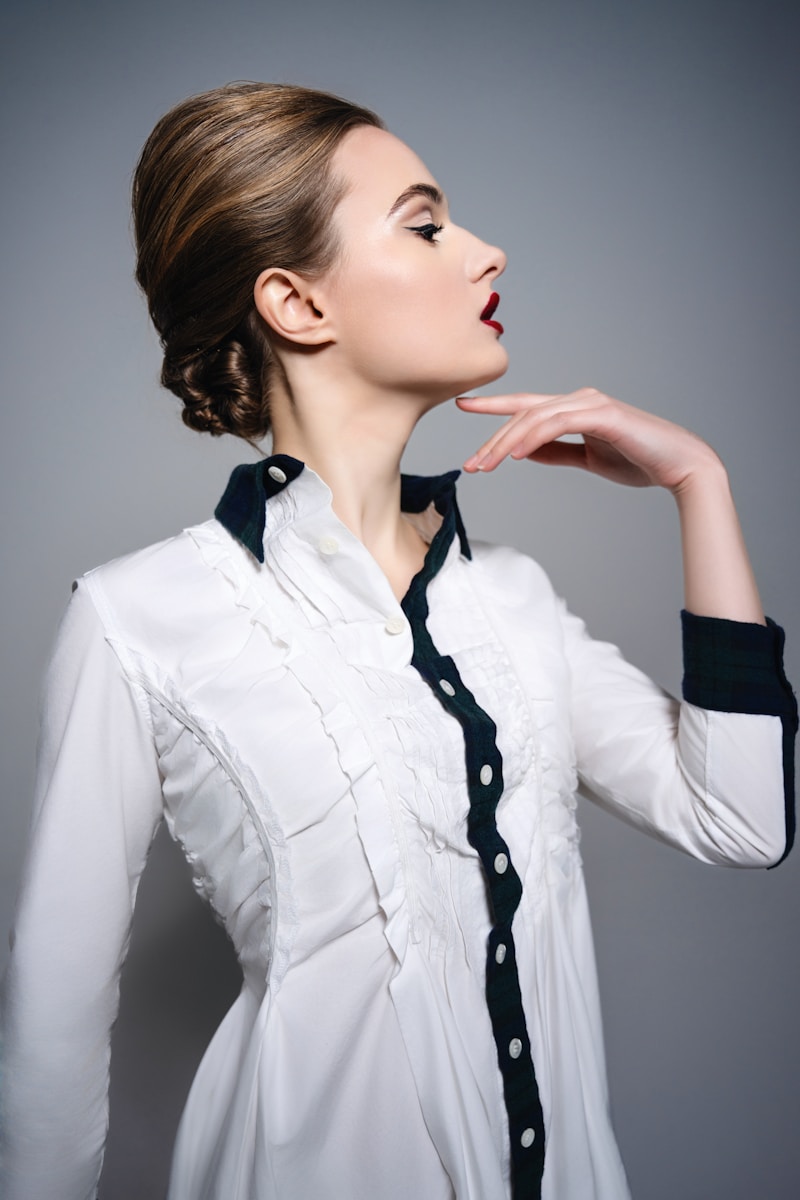Introduction: Beyond Aesthetics—The Sensory Power of Clothing
When we talk about fashion, the conversation usually revolves around aesthetics—trends, colors, silhouettes, and statements. But underneath the surface lies a deeper, more tactile layer of experience: fabric. The fabrics we choose to wear don’t just clothe our bodies; they shape our moods, comfort levels, and even confidence. In fact, how a fabric feels against our skin can influence how we feel about ourselves.
This essay explores the intersection between fabric, psychology, and fashion choices. From the physical properties of textiles to the emotional responses they trigger, we’ll uncover why the right fabric can be the difference between feeling “dressed” and feeling truly good.
The Tactile Connection: Why Touch Matters
Clothing is the only part of fashion that maintains constant contact with our skin. From the moment we wake up and pull on a t-shirt to slipping under our bedsheets at night, our days are full of textile experiences. But this constant sensory engagement goes beyond comfort—it also affects our mental state.
Studies in psychology and neuroscience suggest that touch is one of the most emotionally resonant senses. Softness, warmth, and breathability can contribute to feelings of safety and calm, while rough or constrictive textures can induce irritation or stress. It’s no wonder that natural fabrics like cotton, silk, and bamboo are associated with relaxation, while synthetic fibers like polyester can sometimes feel cold, unyielding, or emotionally neutral.
In essence, the way fabric feels isn’t just a physical sensation—it’s a psychological language, and we’re constantly reading it.
The Emotional Wardrobe: Dressing for Feelings, Not Just Looks
Fashion has always been a vehicle for identity. But there’s a growing shift in how we think about clothing—not only as something we wear for others to see, but something we wear for ourselves to feel. Enter the idea of “emotional dressing”: choosing clothes not just for their appearance, but for the mood they help us cultivate.
Think about the clothes you reach for when you want to feel cozy, powerful, or free. Often, it’s not just the cut or the color—it’s the fabric. A soft cashmere sweater wraps you in calm. A crisp cotton shirt can make you feel sharp and collected. A structured wool blazer may provide an unconscious sense of control and order.
This emotional language of fabric has become especially important in the wake of global lifestyle changes. With more people working from home or embracing hybrid models, comfort has become a core value in how we dress. But comfort doesn’t mean compromise—it means connection.
The Rise of Sensory-Driven Fashion
Fashion brands are taking note. There’s an emerging trend toward sensory-driven design, where texture, weight, and movement of fabric are prioritized as much as aesthetics. This shift is reshaping everything from high fashion to everyday basics.
Athleisure is a prime example of how comfort-driven, sensory-conscious design has become mainstream. Leggings made from buttery-soft modal, seamless sports bras, and moisture-wicking fabrics aren’t just technical innovations—they’re emotional touchpoints. They make the wearer feel supported, unencumbered, and in control of their body.
Luxury fashion, too, is leaning into the tactile. Brands like Loro Piana and The Row emphasize textile quality over logos or embellishment, catering to customers who value how clothing feels as much as how it looks. The fabric is becoming the star, not just the canvas.
The Science of Feeling Good: How Fabrics Affect Mood and Behavior
Let’s dive a little deeper into why fabric has such a powerful impact on our emotions.
- Temperature Regulation
Natural fibers like cotton, linen, and wool allow your skin to breathe and regulate temperature better than synthetic alternatives. When your body is in thermal balance, your nervous system is calmer, making you feel more at ease throughout the day. - Movement and Flexibility
Some fabrics move with the body—like jersey knits or bamboo—while others resist movement. This affects your subconscious sense of freedom or restriction. Flowing fabrics can create feelings of lightness and openness, while stiff materials might project structure but cause internal tension. - Skin Sensitivity and Irritation
Rough, itchy, or synthetic materials can cause irritation, both physically and mentally. Fabric-induced discomfort can trigger distractions, fidgeting, and mood changes. Smooth, soft textures, by contrast, can soothe the nervous system and enhance concentration.
Cultural Fabric: Textiles as Memory and Meaning
Fabric doesn’t just feel good physically—it can also be emotionally resonant in a cultural or nostalgic sense. A particular weave or fiber can carry deep associations: the crisp feel of starched linen may evoke memories of summer holidays; velvet might recall a childhood dress or a grandparent’s home.
Across the world, textiles are embedded with cultural meaning. In Japan, the soft, breathable cotton of yukata robes is synonymous with summer festivals. In parts of Africa, bold and colorful wax prints are not just style choices but stories woven into fabric. In India, handwoven khadi cotton became a symbol of self-reliance during the freedom movement.
In each case, how a fabric feels is deeply tied to how it makes us feel, emotionally and historically.
The Comfort-Fashion Fusion: No Longer a Trade-Off
Historically, fashion often demanded sacrifice in the name of style: high heels, tight corsets, itchy tulle. But that mindset is fading. Consumers today want pieces that deliver both function and feeling—aesthetic pleasure that doesn’t come at the cost of comfort.
This has led to a renaissance in textile innovation. Companies are experimenting with plant-based, biodegradable fabrics, such as Tencel and hemp blends, that combine sustainability with softness. Meanwhile, smart textiles—fabrics that respond to body heat, moisture, or movement—are being integrated into high-end sportswear and even office attire.
The result? Clothing that responds to your needs, rather than asking you to adapt to it.
Sustainable Feel-Good Fashion
Sustainability and sensory fashion go hand-in-hand. When clothing feels good to wear—both physically and emotionally—people tend to keep it longer, wear it more often, and form stronger attachments to it.
The fast fashion model, built on cheap, synthetic materials, often leads to disposable clothing that feels impersonal. In contrast, high-quality natural fabrics are more likely to age well, both materially and emotionally. They become familiar, like a favorite blanket or well-loved chair—textile companions that support you through seasons and stages of life.
Choosing feel-good fabrics, then, is not just about self-care. It’s a form of planet-care—a vote for longevity, quality, and intention.



